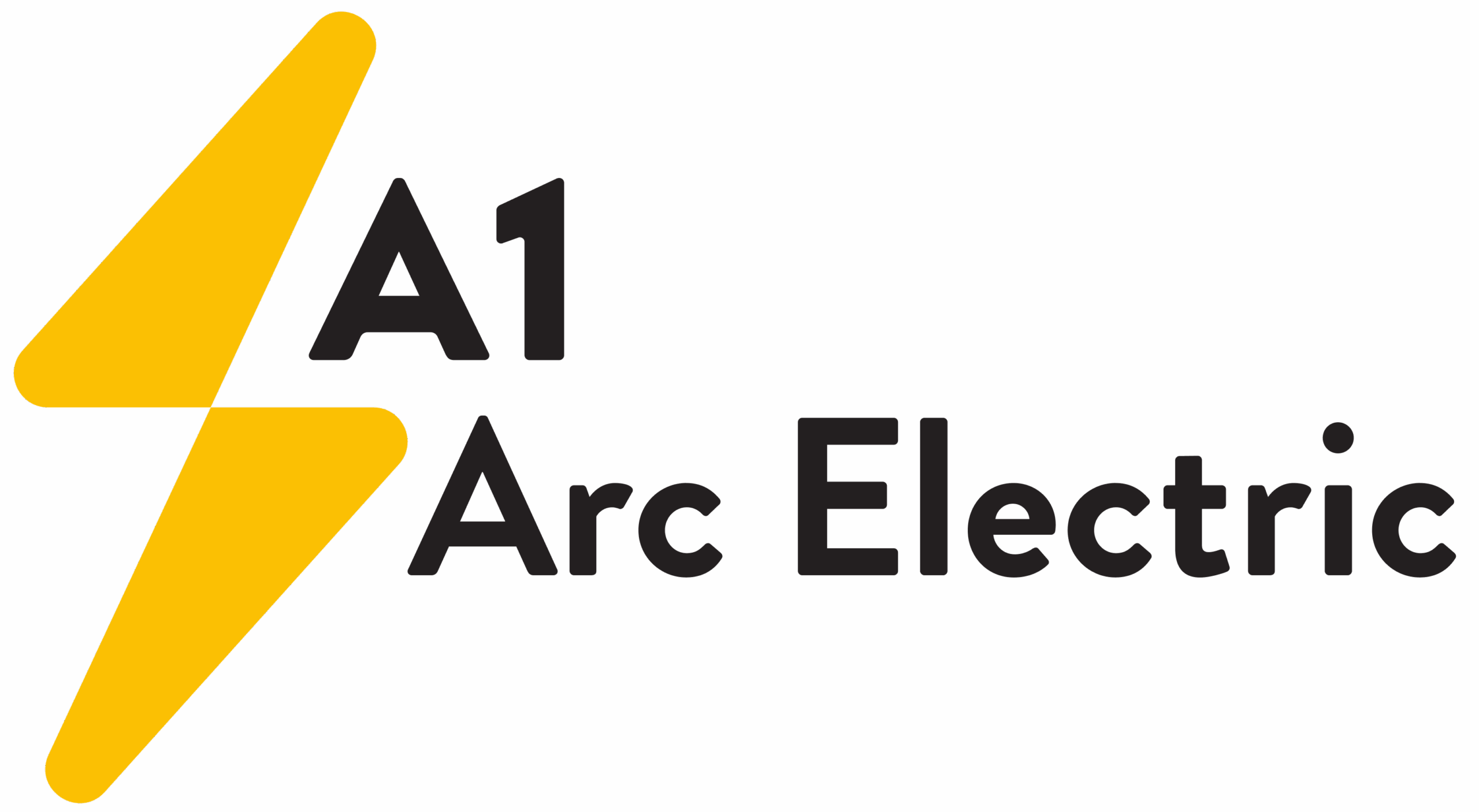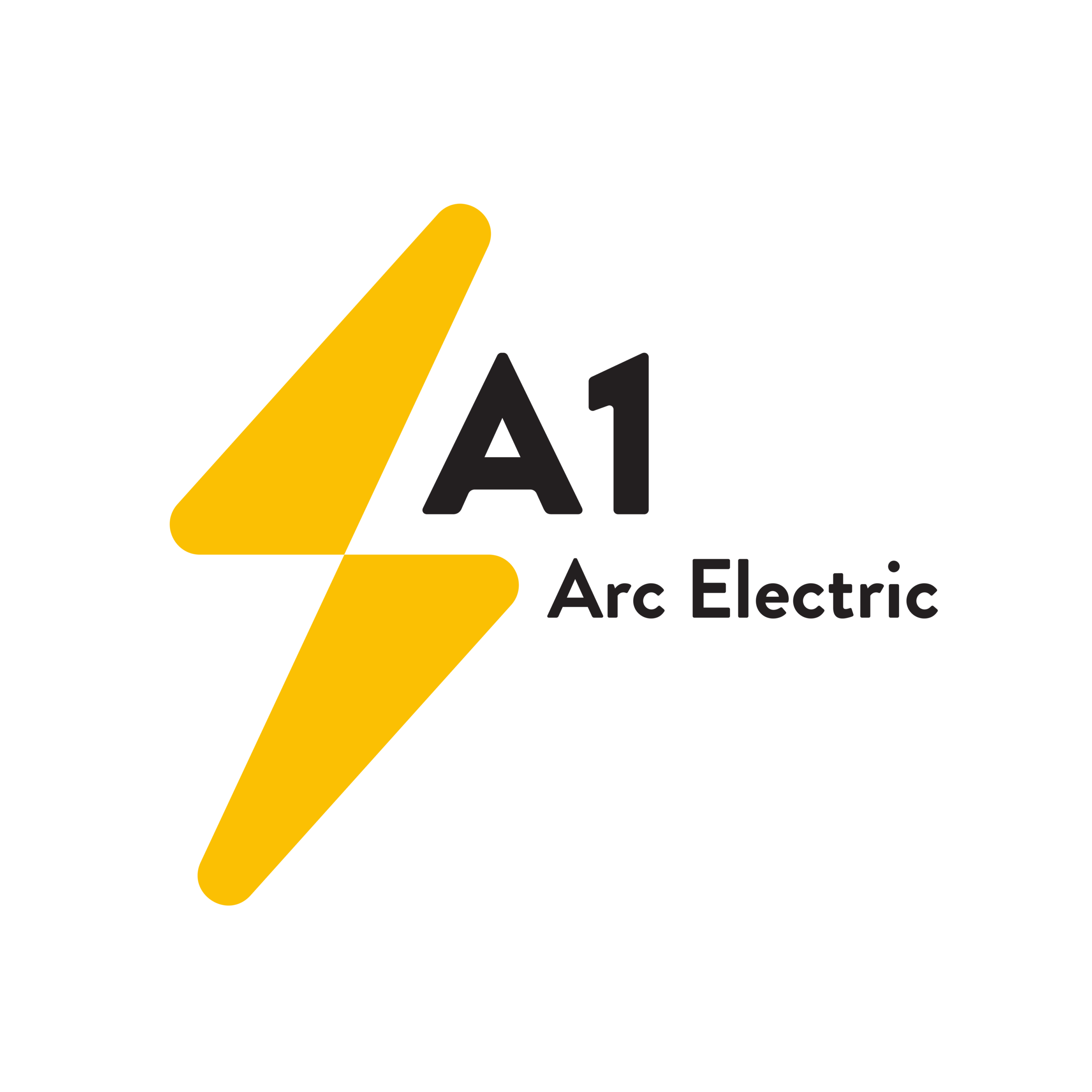Building a new home in Vancouver is an exciting prospect, but it also brings a series of important decisions that extend beyond layout and aesthetics. Electrical planning, often overlooked in the early design stages, is as foundational as your home’s blueprints or color palettes. Thoughtful electrical design ensures your home will support not only your current lifestyle but also future changes and technological advancements.
A well-planned electrical system is essential for everyday comfort and convenience. Imagine the frustration of limited outlets in your workspace, poorly placed switches in the kitchen, or insufficient lighting in key living areas. These small oversights can significantly impact how you use and enjoy your home, making daily routines less efficient and even affecting safety.
Moreover, addressing electrical needs early on helps avoid expensive modifications down the line. It’s far easier—and more cost-effective—to install additional wiring, outlets, or specialty circuits during the construction phase than to retrofit them later. This is especially relevant as homes in Vancouver increasingly integrate smart technologies, energy-efficient appliances, and electric vehicle chargers.
Modern living also demands robust connectivity and the capacity to adapt to new technology. By aligning your electrical plans with both present requirements and anticipated future upgrades—such as heat pumps, advanced lighting controls, or energy management systems—you’re investing in a home that remains functional, safe, and comfortable for years to come.
Choosing the Right Wiring System for Your Home
- Discuss the three main wiring types: lead sheathed, surface conduit, and concealed conduit.
- Pros and cons of each system.
- Concealed conduit wiring is most common for appearance and protection.
- Importance of consulting a licensed electrician.
- Safety and future-proofing considerations.
Selecting the appropriate wiring system for your new Vancouver home is a pivotal aspect of electrical planning. The wiring acts as the backbone of your home’s electrical infrastructure, influencing performance, safety, and ease of future upgrades. Three primary wiring systems are commonly considered in residential construction: lead sheathed wiring, surface conduit wiring, and concealed conduit wiring.
Lead sheathed wiring features insulated wires encased in a durable lead-aluminum alloy. This system offers robust protection against mechanical damage, moisture, and certain environmental factors. However, due to the materials involved and modern building codes, it’s less commonly used in new residential builds.
Surface conduit wiring involves running wires along the surface of walls or ceilings through protective metal or PVC conduits, or affixed with cleats to wooden battens. This approach simplifies installation and modifications, as wires are easily accessible. However, it may not be as visually appealing, and exposed wiring can be more susceptible to accidental damage in high-traffic areas.
The most popular choice for modern homes is concealed conduit wiring. Here, wires are routed inside walls, ceilings, or floors, protected by conduits and hidden from view. This method not only enhances the aesthetics of your living spaces but also safeguards the wiring from physical harm, pests, and tampering. Concealed wiring is especially important if you plan to integrate advanced technologies or smart home systems, as it supports higher safety standards and easier future upgrades.
Given the technical nuances and evolving electrical codes in Vancouver, consulting a licensed electrician is essential. They can assess your specific needs, recommend the best wiring system, and ensure compliance with all safety regulations, setting the stage for a secure and future-ready home.
Strategic Outlet and Switch Placement for Modern Living
- Assess room layout and intended use.
- Plan outlets for appliances, entertainment, and home office.
- Consider convenience and accessibility of switches.
- Include provisions for direct-wired smoke/CO detectors.
- Expert input from electricians can optimize placement.
A thoughtfully designed outlet and switch layout is vital for both functionality and convenience in your new home. Poorly placed outlets can lead to unsightly extension cords, limited furniture arrangement options, and daily frustrations. Early planning, tailored to your lifestyle and home layout, ensures that power is available exactly where you need it.
Start by evaluating each room’s intended use and likely appliance locations. For example, the kitchen will require multiple outlets above counters for small appliances, while living rooms often benefit from strategically placed outlets for entertainment centers, speakers, and charging stations. Home offices and study areas may need dedicated circuits and additional outlets to support computers, printers, and other equipment.
Switch placement deserves equal attention. Entryways should have accessible light switches as you enter or exit a room, and multi-way switches in hallways or staircases can greatly improve convenience and safety. For bedrooms and other living spaces, consider the benefits of dimmer switches or smart controls to adjust lighting according to your mood or activity.
Safety features are also essential. Direct-wired smoke and carbon monoxide detectors, rather than battery-operated units, can be integrated into your electrical plan to provide constant protection and peace of mind.
Collaborating with a professional electrician ensures your outlet and switch layout meets both practical needs and code requirements. Their experience can help you anticipate future needs—like outlets for electric vehicle chargers or outdoor lighting—ensuring your home remains adaptable and clutter-free.
Estimating Power Needs and Planning for Upgrades
- Analyze current and future technology use.
- Importance of sufficient panel capacity.
- Consider upgrades for EV chargers, heat pumps, AC, etc.
- Small power systems may suit minimal needs.
- Consult an electrician for accurate load calculations.
Understanding how much electrical power your home will need, both now and in the future, is critical for safe and reliable operation. The demands of modern living—ranging from home offices and entertainment systems to electric vehicle (EV) chargers, heat pumps, and air conditioning—can quickly outstrip the capacity of a standard electrical panel if not properly planned.
Begin by making a list of all major appliances, devices, and anticipated future additions. High-demand items like ovens, dryers, HVAC systems, and EV chargers require dedicated circuits and can significantly increase your overall load. Similarly, if you plan to install a heat pump, backup generator, or advanced home automation, these should be factored into your initial calculations.
Your home’s electrical panel serves as the central hub distributing power throughout the property. Upgrading to a higher-capacity panel may not only accommodate your current needs but also future-proof your home as new technologies emerge. A panel and service upgrade can prevent overloaded circuits, minimize the risk of electrical fires, and provide the flexibility to expand or renovate without major rewiring.
For homes with modest power needs, a smaller system may suffice, but it’s wise to consider possible lifestyle changes or future upgrades. Consulting a licensed electrician is crucial for accurately assessing your home’s load requirements and ensuring your system is designed to handle both present and future demands efficiently and safely.
Prioritizing Energy Efficiency and Smart Lighting Solutions
- Benefits of energy-efficient appliances and lighting.
- Introduction to Energy Management Systems (EMS).
- EMS helps monitor and reduce energy usage.
- Smart lighting options: dimmers, app-controlled, outdoor lighting.
- Early planning for wiring supports advanced features.
Reducing energy consumption and embracing smart lighting solutions can greatly enhance the efficiency, comfort, and sustainability of your Vancouver home. With the rising cost of electricity and increasing environmental awareness, integrating energy-efficient technologies into your new build is both a practical and responsible choice.
Energy-efficient appliances and LED lighting use significantly less electricity than traditional options, reducing your utility bills and environmental footprint. Beyond these basics, consider installing an Energy Management System (EMS). EMS devices monitor the energy consumption of various appliances and systems throughout your home, providing real-time insights and enabling you to identify and eliminate unnecessary waste. These systems are becoming more accessible and are highly valued by homeowners seeking to optimize their energy use.
Smart lighting solutions offer additional flexibility and control. Dimmer switches allow you to adjust the brightness of your lights, creating the perfect ambiance while also saving energy. App-controlled lighting systems enable you to manage lighting remotely, set schedules, or even automate responses based on occupancy or time of day. Don’t forget to plan for outdoor lighting as well, which can improve safety and highlight landscaping features.
Incorporating these features during the construction phase ensures that the necessary wiring and infrastructure are in place, avoiding the hassle and expense of retrofitting later. Early investment in energy efficiency and smart home technology pays dividends in comfort, convenience, and long-term savings.
Key Takeaways for a Safe and Reliable Electrical Setup
- Early electrical planning is crucial for safety and flexibility.
- Choose wiring systems that balance protection, code compliance, and future needs.
- Thoughtful outlet and switch placement improves daily convenience.
- Accurately estimate power needs for current and future technology.
- Prioritize energy efficiency and smart solutions from the start.
Building a new home in Vancouver presents a valuable opportunity to create a safe, comfortable, and future-ready living environment through strategic electrical planning. By prioritizing electrical setup as early as architectural decisions, you lay the groundwork for a home that adapts seamlessly to your lifestyle and technological advancements.
Selecting the right wiring system is about more than just meeting code—it’s an investment in your home’s long-term safety and ease of upgrade. Concealed conduit wiring, for example, offers both protection and a clean appearance, supporting advanced features with minimal disruption.
Thoughtful placement of outlets and switches minimizes daily hassles and keeps your living spaces organized and functional. Integrating direct-wired safety devices and planning for future power needs—such as EV chargers or additional appliances—ensures your system won’t be strained as your requirements evolve.
Lastly, embracing energy efficiency and smart lighting from the outset not only reduces your environmental impact but also delivers lasting savings and convenience. Incorporate an EMS and smart controls during construction to maximize flexibility and benefit from the latest advancements.
Consulting with a qualified electrician throughout each step guarantees compliance with local codes and the highest safety standards. With careful planning and expert guidance, your new Vancouver home can be both a haven of comfort and a model of electrical reliability.





